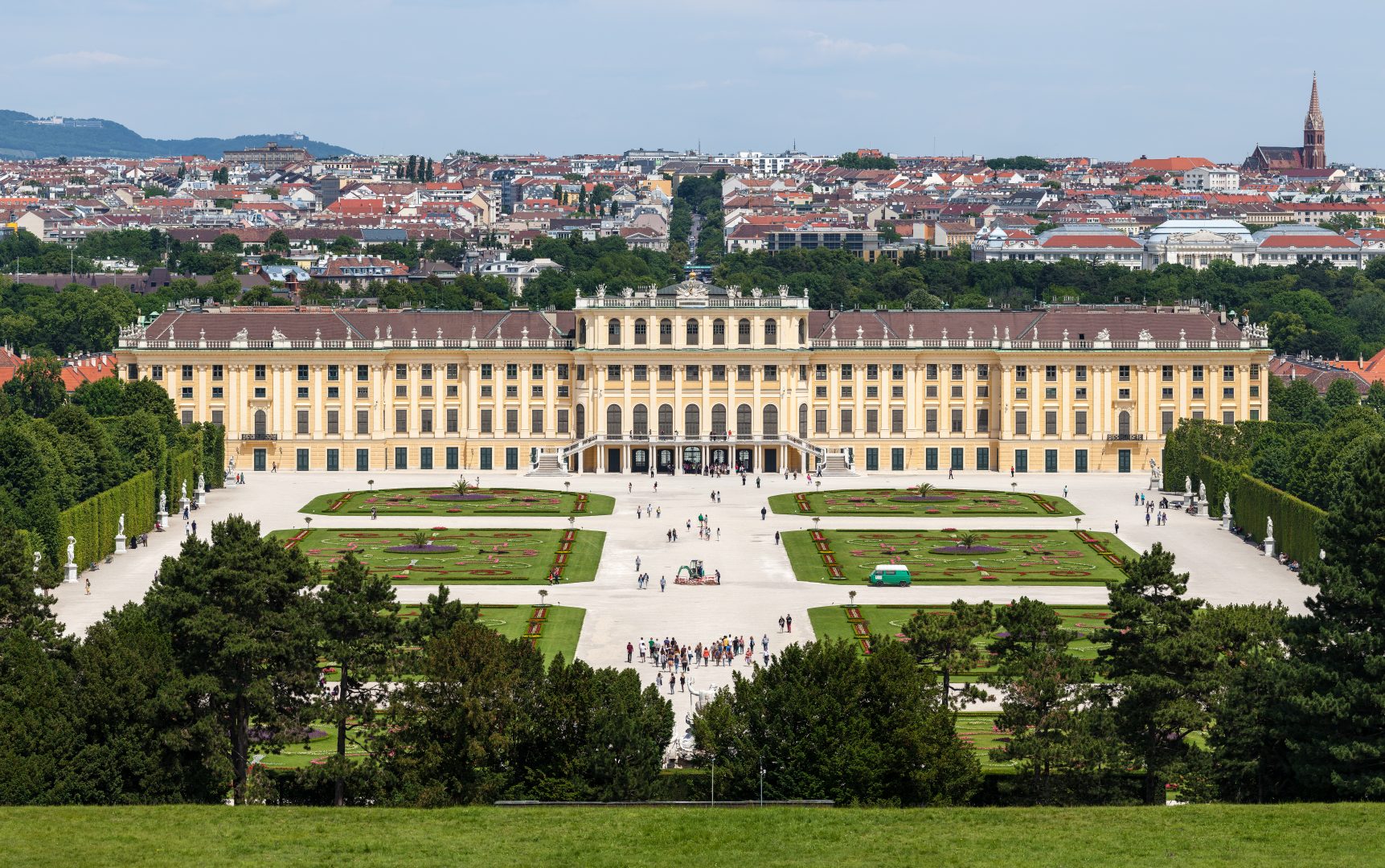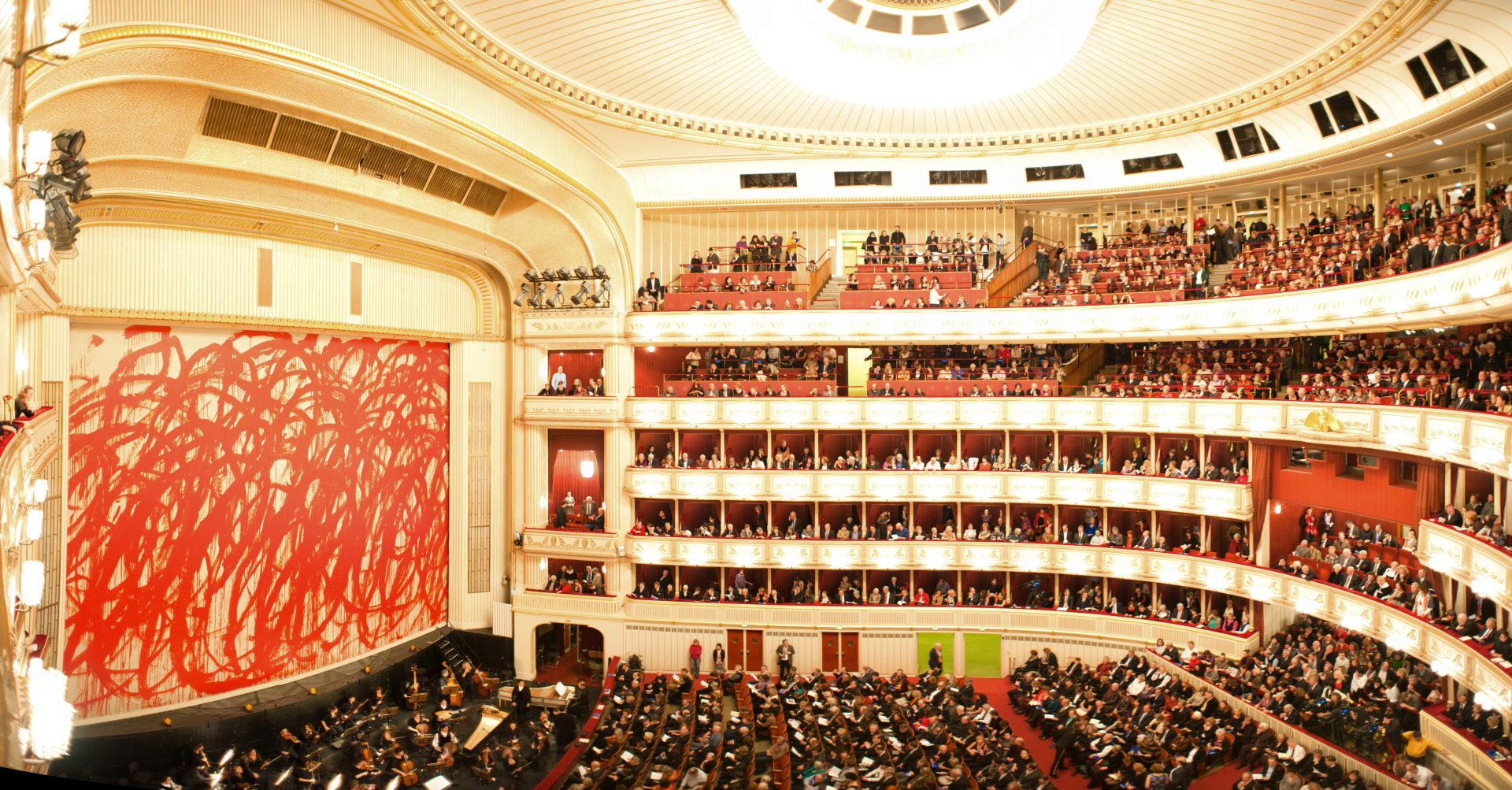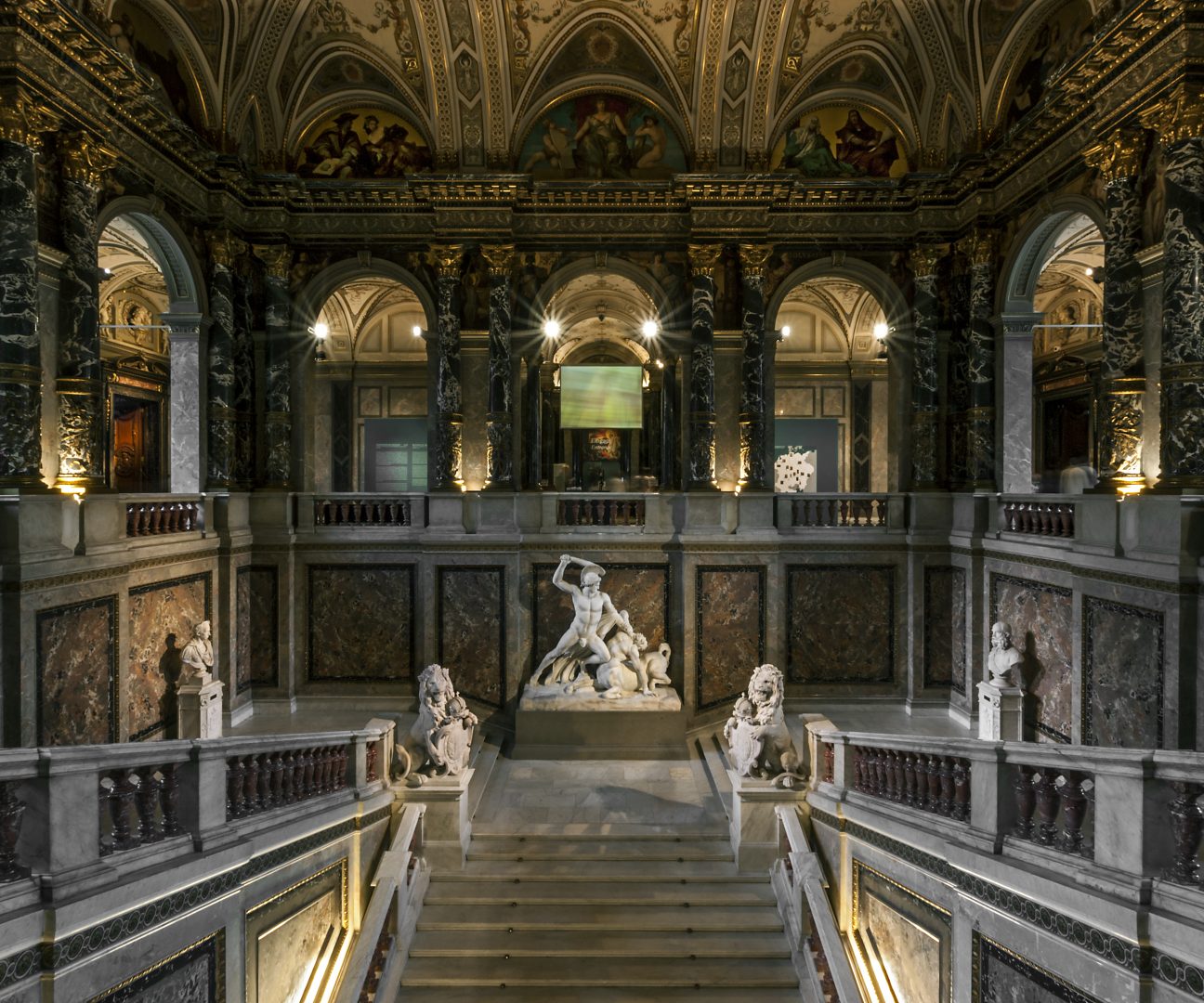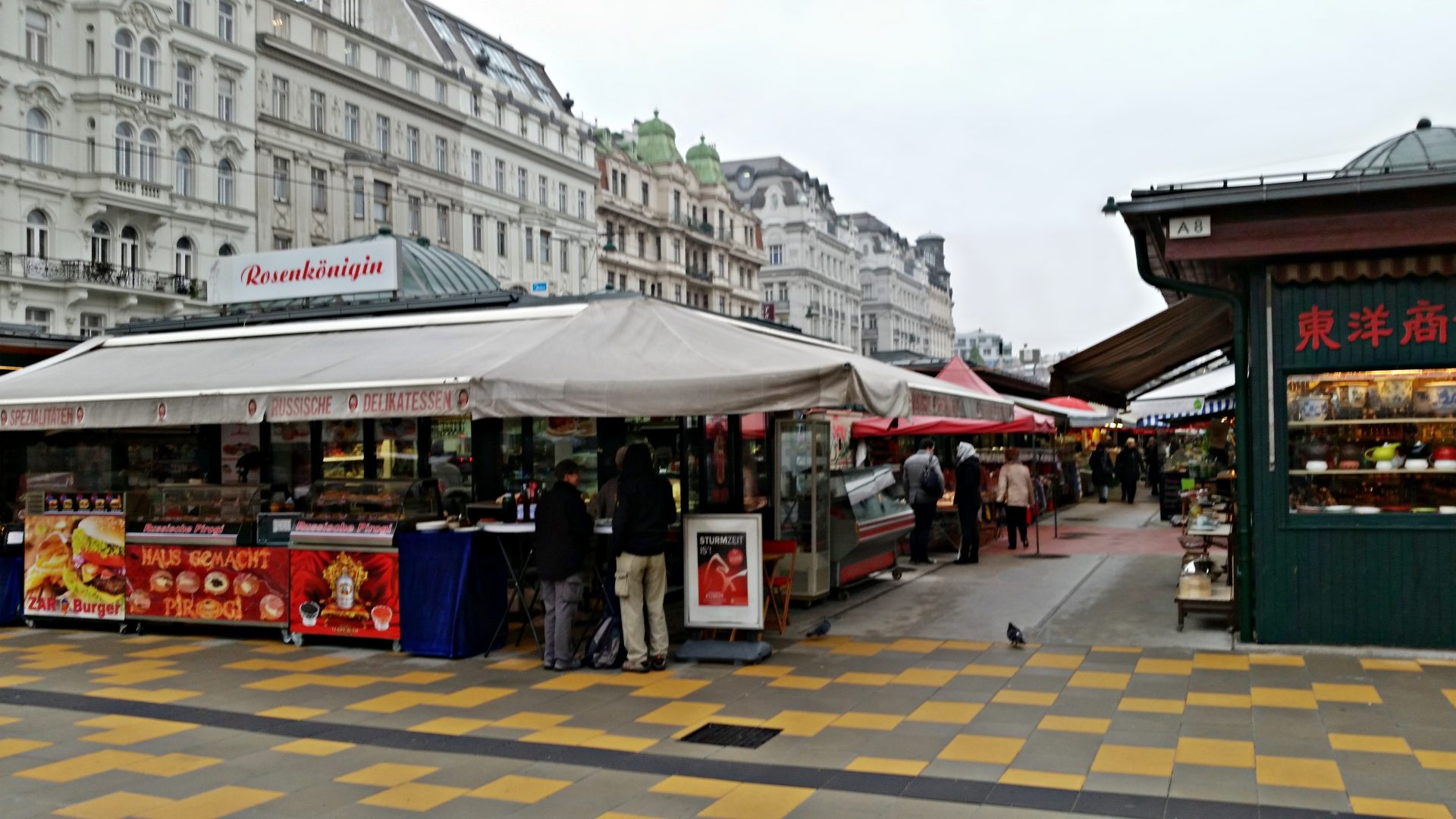Vienna’s artistic and spiritual heritage was shaped by its renowned residents such as Mozart, Beethoven, and Sigmund Freud.
Vienna, the capital of Austria, is located in the eastern country on the Danube River. Its artistic and spiritual heritage was shaped by residents such as Mozart, Beethoven, and Sigmund Freud. The city is also known for its Imperial palaces, including Schönbrunn, the summer residence of the Habsburgs.
1. Schönbrunn Palace

Schönbrunn Palace was the main summer residence of the Habsburg rulers, located in Hietzing, Vienna. The 1,441-room Rococo palace is one of the most important architectural, cultural, and historic monuments in the country. Since the mid-1950s it has been a major tourist attraction. The history of the palace and its vast gardens spans over 300 years, reflecting the changing tastes, interests, and aspirations of successive Habsburg monarchs.
2. MuseumsQuartier

The Museumsquartier contains Baroque buildings as well as Modern architecture by the architects Laurids and Manfred Ortner (Ortner & Ortner Baukunst). The MQ is home to a range of installations from large art museums like the Leopold Museum and the MUMOK (Museum of Modern Art Ludwig Foundation Vienna) to contemporary exhibition spaces like the Kunsthalle Wien and festivals like the Wiener Festwochen, an annual summer event that is headquartered in the MuseumsQuartier Wien.
3. Vienna State Opera

The Vienna State Opera is an opera house and opera company based in Vienna, Austria. The 1,709-seat Renaissance Revival venue was the first major building on the Vienna Ring Road. It was built from 1861 to 1869 following plans by August Sicard von Sicardsburg and Eduard van der Nüll, and designs by Josef Hlávka. The opera house was inaugurated as the “Vienna Court Opera” in the presence of Emperor Franz Joseph I and Empress Elisabeth of Austria.
4. Kunsthistorisches Museum Wien

The Kunsthistorisches Museum is an art museum in Vienna, Austria. Housed in its festive palatial building on Ringstraße, it is crowned with an octagonal dome. The term Kunsthistorisches Museum applies to both the institution and the main building. It is the largest art museum in the country and one of the most important museums worldwide. It was opened around 1891 at the same time as the Natural History Museum, Vienna, by Emperor Franz Joseph I of Austria-Hungary.
5. Naschmarkt

The Naschmarkt is Vienna’s most popular market. Located at the Wienzeile over the Wien River, it is about 1.5 kilometers long. The Naschmarkt has existed since the 16th century when mainly milk bottles were sold. From 1793 onwards, all fruits and vegetables brought to Vienna with carts had to be sold there, while goods arriving on the Danube were sold elsewhere. Nowadays, one can buy fresh fruit and vegetables from around the world, exotic herbs, cheese, baked goods such as bread, kaiser rolls, torte, meats, and seafood.
